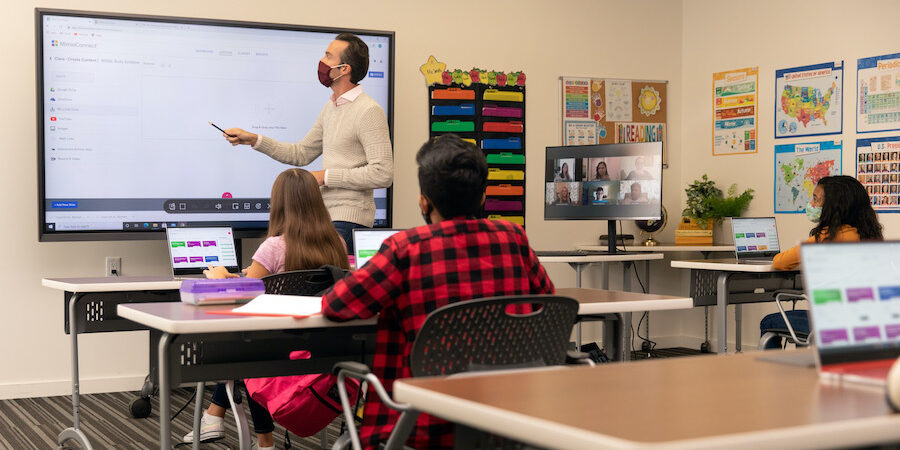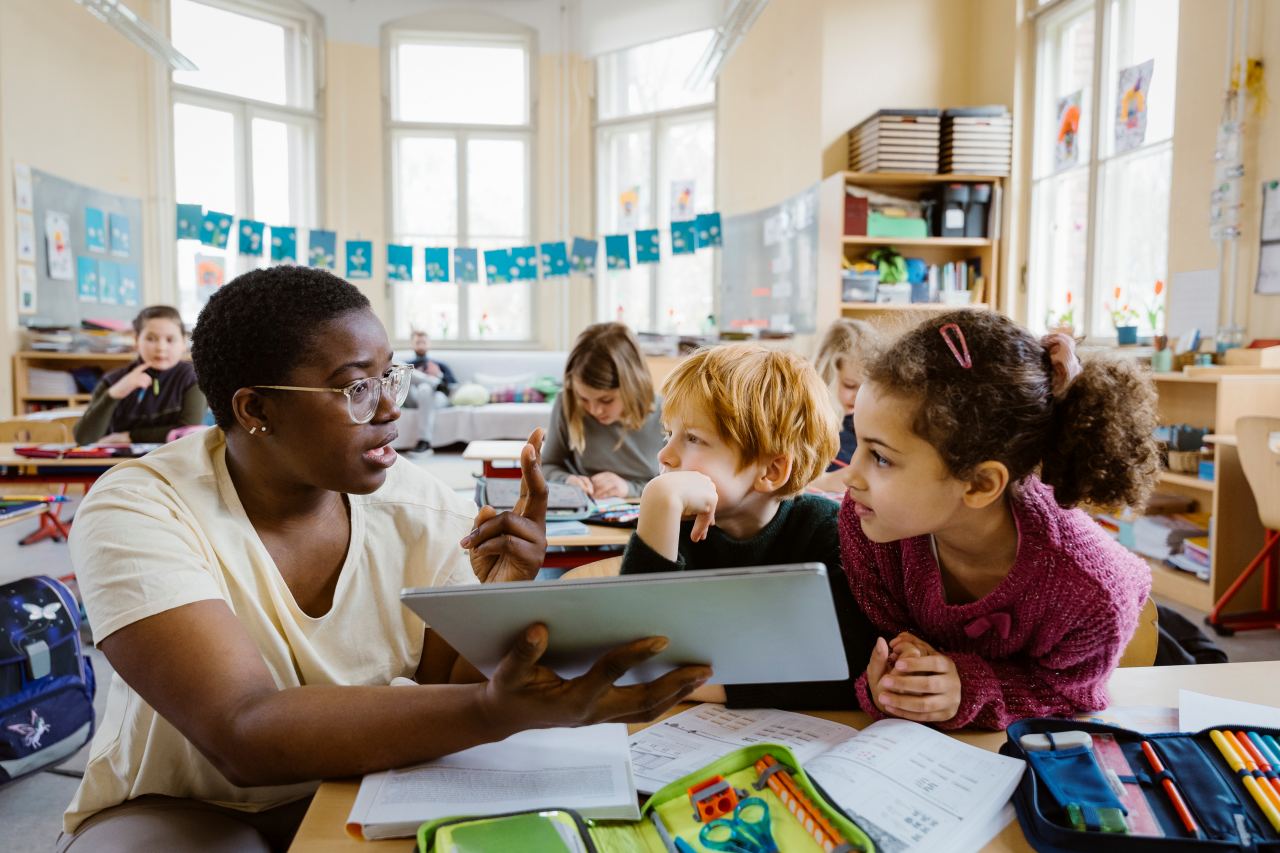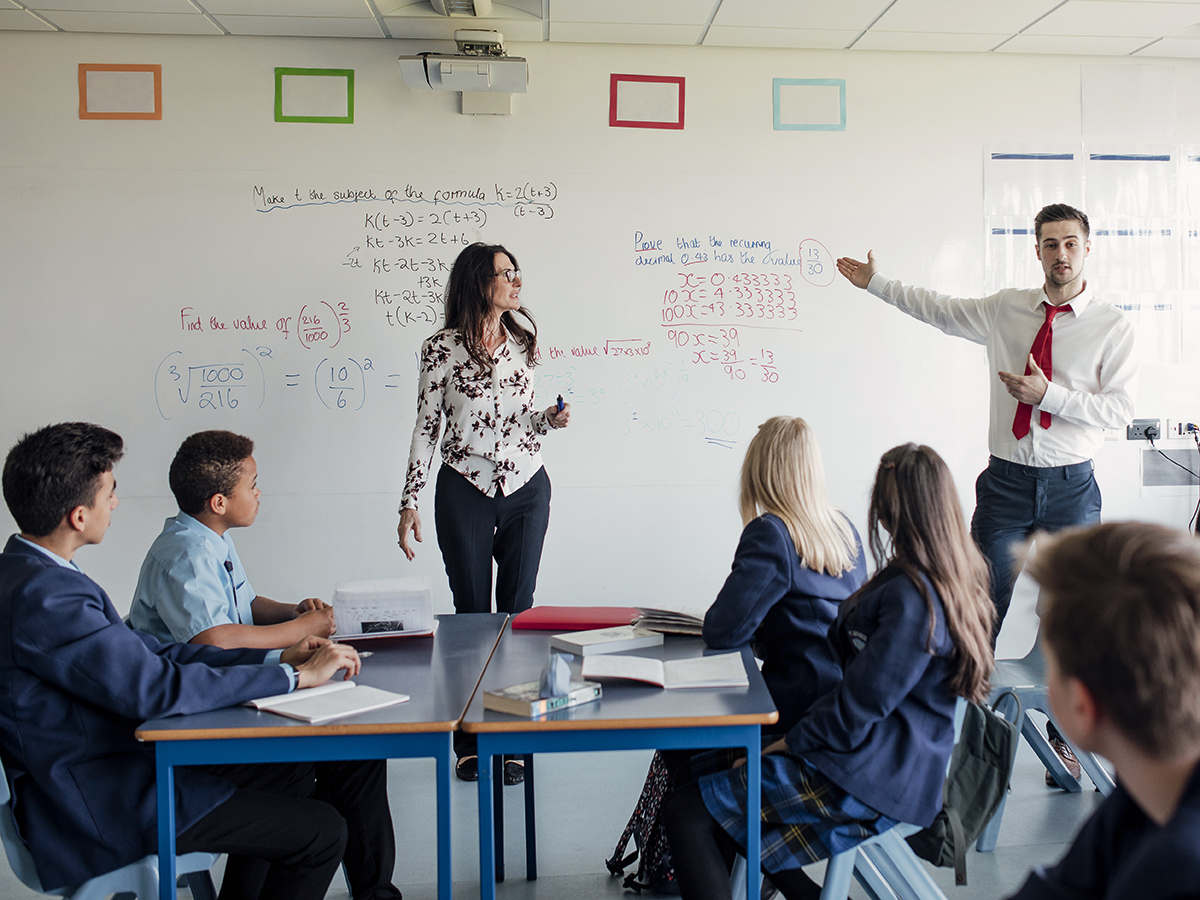Tailored Primary Science Tuition Singapore for Your Child’s Success
Tailored Primary Science Tuition Singapore for Your Child’s Success
Blog Article
Discovering the Different Teaching Methods in Key Science Education Today
Inquiry-based knowing, hands-on experiments, and the integration of innovation are redefining how educators engage young minds. Furthermore, collective techniques and distinguished guideline are being utilized to provide to the diverse demands of trainees, enhancing both engagement and understanding.
Inquiry-Based Understanding
Inquiry-Based Understanding (IBL) is an instructional method that encourages pupils to explore clinical ideas with doubting, investigation, and hands-on testing. This approach emphasizes the function of trainees as energetic individuals in their knowing, promoting critical thinking and analytical abilities. By involving with real-world inquiries, students become inspired and interested, which enhances their understanding of scientific principles.
In IBL, educators act as facilitators, directing trainees as they browse their queries as opposed to delivering info straight. This student-centered strategy enables distinction, suiting different discovering designs and rates. Students establish abilities in developing hypotheses, developing experiments, and assessing information, which are critical for clinical literacy.
Furthermore, IBL fosters partnership amongst pupils, motivating them to share ideas and findings. This collective query promotes social abilities and a feeling of area within the class. Moreover, the procedure of query motivates durability, as pupils discover to embrace failing as a tipping stone toward understanding.
Hands-On Experiments
Hands-on experiments are a crucial component of reliable scientific research education, complementing the principles of inquiry-based understanding. These experiments permit trainees to involve straight with scientific principles, fostering a much deeper understanding with experiential learning. By adjusting materials and observing end results, young students can understand abstract concepts in concrete ways.
Such tasks promote critical reasoning and problem-solving abilities, as trainees assume results, conduct experiments, and assess outcomes. This process urges them to ask concerns, fine-tune their understanding, and develop a clinical frame of mind. Hands-on experiments can be customized to diverse understanding styles, making sure that all students have the chance to engage meaningfully with the web content.
Furthermore, hands-on experiments usually encourage collaboration among peers, advertising teamwork and communication abilities. Operating in groups allows pupils to share concepts, talk about findings, and learn from each other, which enhances their total instructional experience.
Integrating hands-on experiments into the key scientific research curriculum not just enhances the learning atmosphere but additionally cultivates a long-lasting rate of interest in science. By actively participating in their education and learning, students are more probable to establish a passion for scientific questions that extends past the class.

Modern Technology Integration
Integrating innovation into main scientific research education and learning has actually come to be progressively crucial in promoting pupil engagement and improving finding out results. Using digital tools, such as interactive simulations, virtual labs, and academic software, provides students with possibilities to check out scientific concepts in cutting-edge means. These sources help with a deeper understanding of intricate subjects by allowing learners to envision and adjust variables that would be impractical in a traditional class setup.
Additionally, innovation integration urges individualized finding out experiences. Trainees can progress at their very own pace, taking another look at difficult principles with multimedia resources, which satisfy different learning designs. This adaptability not just supports specific growth yet likewise cultivates a feeling of autonomy in students.
Furthermore, technology functions as a bridge to real-world science, connecting pupils with existing important link study and expert contributions. Accessibility to online data sources and scientific journals widens students' viewpoints on scientific questions and promotes vital thinking skills.
Collaborative Understanding
Joint knowing plays an important duty in key science education and learning by fostering teamwork and communication abilities amongst pupils. This approach encourages learners to collaborate, share expertise, and take part in analytical, which boosts their understanding of scientific concepts. By joining team tasks, pupils learn to articulate their ideas, listen to diverse point of views, and bargain solutions, all of which are necessary abilities in both scholastic and real-world contexts.

Study shows that joint learning can lead to boosted inspiration and interaction in scientific research topics, as pupils discover pleasure in shared experiences (primary science tuition Singapore). Additionally, this method prepares students for future joint undertakings, furnishing them with the skills required for reliable navigate here team effort in higher education and learning and specialist atmospheres. Eventually, accepting collaborative understanding in main scientific research education and learning can significantly enhance the learning experience and promote a deeper understanding of scientific questions
Set Apart Direction

Set apart guideline can manifest in different means, such as varying the web content, procedures, or products of understanding. For instance, educators may make use of tiered jobs that give varying degrees of complexity, enabling trainees to operate at their particular readiness levels. In addition, versatile grouping strategies can find promote partnership among pupils with various capabilities, fostering peer understanding.
Evaluation plays an essential duty in this method, as it informs guideline and assists educators recognize each trainee's unique demands. Formative assessments, such as tests and monitorings, can guide educators in readjusting their techniques to boost discovering outcomes. primary science tuition Singapore. Inevitably, by applying separated instruction in key science education and learning, educators can cultivate an extra equitable and efficient discovering environment, equipping all pupils to reach their full capacity in recognizing clinical phenomena
Final Thought
In recap, the varied teaching methods in key scientific research education, including inquiry-based discovering, hands-on experiments, modern technology assimilation, collaborative discovering, and set apart instruction, collectively contribute to a much more efficient understanding setting. These methods promote vital thinking, analytical abilities, and a much deeper understanding of clinical principles. By applying these approaches, instructors can create engaging and encouraging class that resolve the diverse demands of pupils, inevitably cultivating a long-lasting passion in scientific research and improving scholastic success.
Inquiry-Based Understanding (IBL) is an instructional strategy that encourages students to check out scientific concepts through wondering about, examination, and hands-on trial and error.Collective discovering plays a crucial function in main science education by fostering synergy and interaction skills amongst pupils.Study suggests that joint understanding can lead to increased inspiration and involvement in science topics, as trainees find enjoyment in common experiences.In promoting an inclusive learning setting, separated direction arises as a vital technique to suit the diverse demands and capabilities of students in main scientific research education. Inevitably, by carrying out differentiated guideline in main scientific research education and learning, educators can cultivate a much more equitable and effective discovering setting, empowering all students to reach their complete potential in recognizing clinical sensations.
Report this page